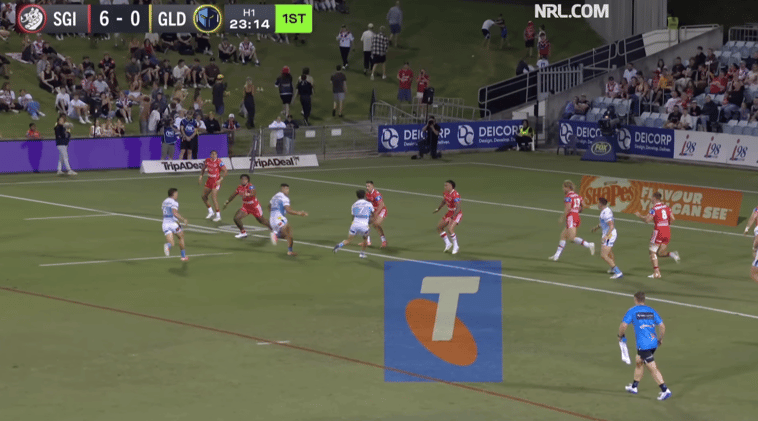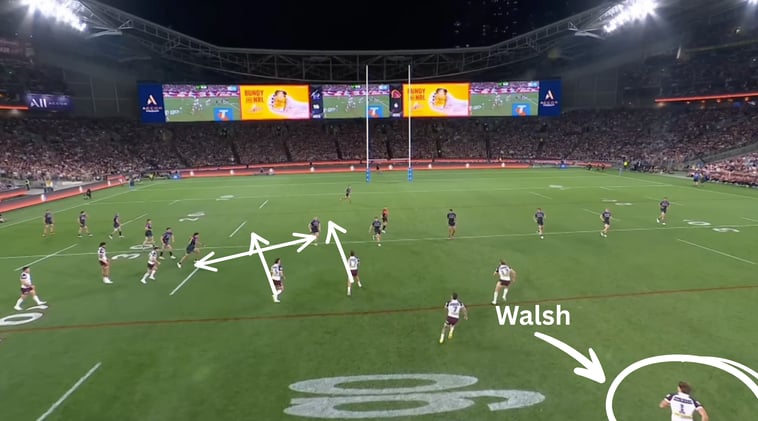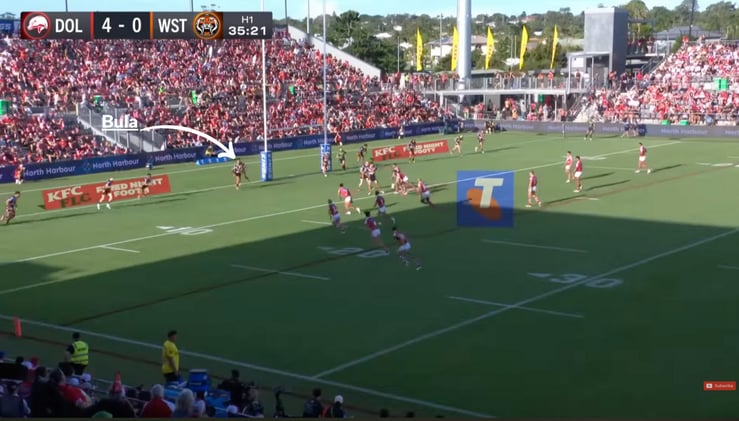Featured Posts
Archive
Penrith PanthersPenrith Panthers

South Sydney RabbitohsSouth Sydney Rabbitohs

Newcastle KnightsNewcastle Knights

St George Illawarra DragonsSt George Illawarra Dragons

South Sydney RabbitohsSouth Sydney Rabbitohs

International Rugby LeagueInternational Rugby League

Brisbane BroncosBrisbane Broncos

Melbourne StormMelbourne Storm
+1+1

Penrith PanthersPenrith Panthers
+1+1











